Long-term Investing in Eli Lilly Stock for Innovative Medicines
🌟 Get ready to dive into the world of Eli Lilly, a pharmaceutical giant renowned for its innovative medicines and commitment to improving healthcare worldwide! 🌍💊
Contents
Products and Services 🔍
Understanding a company's flagship products is key to making informed investment decisions
1. Humalog: The Diabetes Helper 💉
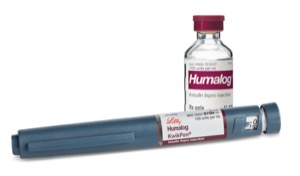
First up is Humalog, a lifesaver for many with diabetes. This insulin product helps manage blood sugar levels and is a go-to for people needing fast-acting insulin. It's like a tiny superhero fighting the big battle against diabetes. 🩸
2. Cialis: Beyond the Bedroom 🛏️
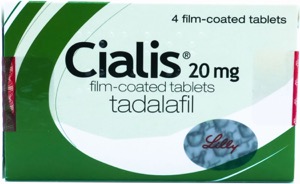
Cialis, maybe you've heard of it? It's famous for treating erectile dysfunction, but there's more! Cialis also helps with an enlarged prostate. It's a pill that's about keeping life's intimate moments enjoyable and comfortable. 💑
3. Cymbalta: The Mood Lifter 🌈
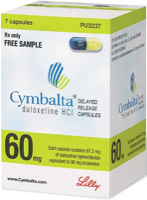
Next is Cymbalta, a medication tackling depression, anxiety, and even pain from nerve damage in diabetes. Think of it as a multi-tool in your emotional toolkit, helping to lift moods and ease pain. 🧠💪
4. Alimta: Cancer's Foe 🥊
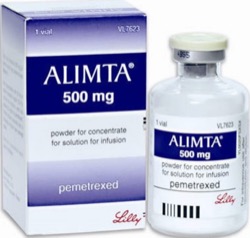
Alimta steps into the ring against certain types of lung cancer. It's part of chemotherapy treatment, working to stop cancer cells from multiplying. For many, Alimta is a crucial ally in a tough fight. 🎗️
5. Forteo: Strengthening Bones 💪
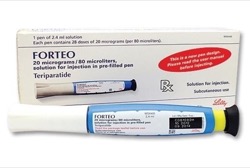
Forteo is all about bones – making them stronger, especially for those with osteoporosis. It's like a gym workout for your skeleton, helping to reduce the risk of fractures. 🦴🏋️
6. Zyprexa: Balancing the Mind 🧘
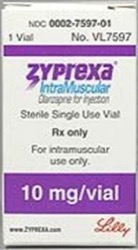
Zyprexa is there for mental health, particularly schizophrenia and bipolar disorder. It helps balance out the mind, making daily life more manageable for those who need it. It's about finding mental equilibrium. 🌤️
7. Trulicity: Diabetes' Game Changer 🎲
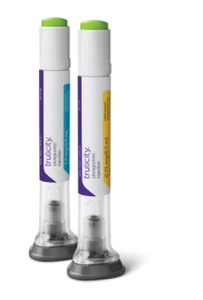
Trulicity is another diabetes warrior, but it's more than just insulin. It helps the body do better with its own insulin and reduces blood sugar levels. It's like having a smart assistant for your body's sugar management. 🤖🍬
8. Prozac: The Mood Stabilizer 🕊️
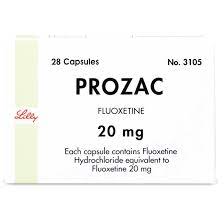
Prozac is a household name in fighting depression. It's also used for other mood disorders. Think of Prozac as a steady hand guiding you through the stormy seas of mental health. 🌊🚢
Eli Lilly's Competitive Edge 💪
These competitive advantages that make Eli Lilly a standout in the pharmaceutical industry.
1. Innovation and R&D: Pioneering New Frontiers 🧬
First up, Eli Lilly's heart and soul lie in its innovation and robust research and development (R&D) efforts. This company isn't just about making medicines; it's about breaking new ground in healthcare. 🌍💊 From developing groundbreaking drugs to tackling challenging diseases, Eli Lilly invests heavily in R&D.
2. Diverse Product Portfolio: Variety is the Spice of Life 💊
Eli Lilly isn't a one-trick pony; it boasts a diverse product portfolio. With treatments ranging from diabetes management to cancer therapies, the company covers a broad spectrum of health issues. 🌈 This diversity isn't just good for patients; it's smart business. It means Eli Lilly isn't reliant on just one product for its success.
3. Strong Global Presence: Around the World in Eli Lilly Style 🌐
With operations in over 120 countries, Eli Lilly has established a strong international presence. This worldwide reach gives it access to diverse markets and a broad customer base. Moreover, it helps the company navigate regional risks and tap into emerging markets. Global presence means resilience and more growth opportunities. 🌟
Is CEO Competent and Honest? 👨💼👩💼

Understanding the leader of a company is crucial in investment decisions.
David A. Ricks: A Blend of Experience and Vision 🎓
David A. Ricks isn't just any CEO; he's a man who knows Eli Lilly inside out. Having joined the company way back in 1996, he has climbed the ladder, holding various management roles. His journey through different departments gives him a unique, holistic view of the company. 🌐
1. A Focus on Innovation and Growth 🚀
Under David's leadership, Eli Lilly has seen significant growth, especially in new drug development and expanding global markets. He's known for emphasizing research and innovation, pushing the company to the forefront of pharmaceutical advances. 💡 This focus on growth and progress is a big thumbs up, showing a leader committed to moving forward, not just maintaining the status quo. 👍
2. Honesty and Transparency: Open Doors at Eli Lilly 🚪
One of the biggest questions about any CEO is their honesty and transparency. While it's hard to read minds, we can look at actions. David A. Ricks has been applauded for maintaining open communication with investors and the public. His approach to corporate governance and ethical practices has been largely positive, suggesting a leader with integrity. 🤝
Eli Lilly's Mission 🌍
Let's unpack what drives this company at its core and why it matters to us as investors. 🧭
1. Making Life Better for Millions 🌍
At the heart of Eli Lilly is a mission that's all about improving the lives of people around the globe. 🌐 Their goal? To discover and deliver innovative medicines that tackle some of the most challenging health issues. Think of it as a pledge to bring healing and hope to millions, whether it's battling diabetes, cancer, or mental health disorders. It's not just about drugs; it's about making a real difference in people's well-being. 🌈💪
2. The Building Blocks of Trust
Now, let's talk values - the building blocks of any great company. Eli Lilly stands on three pillars: integrity, excellence, and respect for people. Integrity means they're committed to doing the right thing, always. Excellence isn't just a goal; it's a standard, ensuring top-notch quality in everything they do. And respect for people? It's about valuing every individual, from employees to patients to communities. These values don't just shape the company culture; they're a promise of trust and reliability. 🏆

Stock Prices and Returns 📈
As of 2024-10-26, the 5-year average annual stock return for Eli Lilly is 52.35%. The stock price has surged dramatically so far. Below is a chart showing the current stock price of Eli Lilly.
Dividends 💰
As of 2024-10-26, the annual dividend rate of Eli Lilly is 0.58%. The current dividend rate is low. Additionally, the dividend growth rate over the past year is 14.96% and the average annual dividend growth rate over 5 years is 15.02%. The dividends have been growing well over the long term.
Financial Statements 📊
Let's dive into the financial statements, the 'report card' of a company. They're key to understanding its growth and figuring out if it's a smart investment choice.
1. Revenue 🏦
Revenue is the total amount of money a company earns from selling its products. The annual revenue growth rate over the past year for Eli Lilly is 31.77%. Additionally, the average annual revenue growth rate over 5 years is 12.41%. You can see that the revenue of Eli Lilly has been growing in the long term.
2. Net Income💰
Net income refers to the amount a company makes after subtracting the costs of goods sold from its sales revenue. Over the past year, the net income of Eli Lilly has 12.96%, indicating a growth 📈.
Meanwhile, the average annual net income over 5 years has been -1.31%, showing a decline trend. Don't forget that the increase in net profit becomes the ultimate performance indicator for a company.
3. Debt 💳
The debt-to-equity ratio of Eli Lilly is 213%. Furthermore, when examining the debt ratio compared to net income, it stands at 342.2%. In comparison to the annual net income, Eli Lilly has a significant amount of debt.
4. ROIC (Return on Invested Capital)💰
ROIC is a measure of how much net income a company earns with the capital it has at its disposal. The current ROIC of Eli Lilly is 21.1%. The ROIC of Eli Lilly is impressively high, indicating that it is generating high efficiency net income with limited capital. Meanwhile, the average ROIC over the last 5 years is 18.89%.
5. PER (Price to Earnings Ratio) 📊
The PER is an indicator that allows you to see how much the stock price is valued in relation to net earnings. A higher PER indicates that the stock price is overvalued. The current PER of Eli Lilly is 109.94. Also, the 5-year average PER is 74.72. Since the current PER is higher than the average, it suggests that the stock is overvalued compared to usual.
Meanwhile, the Forward PER predicted by analysts is 40.49. As better performance is expected than current, there's a possibility that the stock price might rise.
6. PSR (Price/Sales Ratio) 📊
The PSR is an indicator that helps determine how high the stock price is in relation to the sales revenue. A higher PSR indicates that the stock price is considered overvalued. The current PSR of Eli Lilly is 21.79. Also, the 5-year average PSR is 14.50. Since the current PSR value is higher than the average, it suggests that the stock is overvalued compared to normal.
7. Share Buyback 🔄
Over the past year, the company has repurchased 0.09% of its total equity, acquiring these shares as treasury stock. If Eli Lilly decides to retire these treasury shares, it could lead to shareholder value return, potentially having a positive impact on the stock price.
Advantages of Investing in Eli Lilly 🌟
We're zooming in why it might just be a dazzling choice for your portfolio.
1. Leading the Way in Drug Development 🚀
Eli Lilly isn't just playing the game; they're changing it! With a heavy focus on research and development, they're always at the cutting edge of new medicines. 🧪🔬 This innovative spirit means they're often first in line with treatments for various ailments, keeping them ahead in the market.
2. A Robust Product Pipeline: Diversification is Key 🔑
Diversification isn't just for your portfolio; it's how Eli Lilly operates. With a wide range of products from diabetes care to cancer treatment, they're not overly reliant on any single product. This diversity offers a buffer against market volatility, making Eli Lilly's stock a potentially steadier ship in stormy financial seas. 🌊⛵
3. Financial Health: Strong and Steady Wins the Race 🐢
In the world of stocks, the financial health of a company is like checking the pulse of an athlete. Eli Lilly shows a strong and steady heartbeat, with solid sales, profits, and a commendable track record of financial performance. It's like having a marathon runner who's consistently at the front of the pack. 🏃♂️💰
4. Global Presence: A Worldwide Impact 🌍
Eli Lilly's global footprint is impressive. They're not just a big name in the U.S.; they have a significant presence worldwide. This international reach not only opens up diverse markets but also provides a cushion against regional economic downturns. Think of it as having your eggs in many different baskets, spread all over the world. 🥚
5. Commitment to Sustainability: Investing with a Conscience 🌱
Eli Lilly is serious about sustainability. For the eco-conscious investor, this commitment to environmental and social responsibility is a big plus. It's not just about profits; it's about making a positive impact on the world. Investing in Eli Lilly could mean you're contributing to a greener, healthier planet. 🌎
Disadvantages of Investing in Eli Lilly ⚠️
While Eli Lilly is a star in the pharma sky, it's important to remember that no investment is without its challenges.
1. Regulatory Risks: Navigating the Pharma Maze 🌐
In the pharmaceutical world, getting new drugs to market is a bit like running an obstacle course. 🏃♂️🚧 Eli Lilly, like all pharma companies, faces strict regulatory environments. This means that any new drug can face delays or even rejections, impacting the company's growth and stock performance. It's a game of patience and resilience!
2. Patent Cliffs: The Countdown Begins ⏳
Patents are like golden tickets for pharma companies, but they don't last forever. 🎟️💔 When patents expire, Eli Lilly faces the threat of generic competition, which can significantly reduce revenue for their blockbuster drugs. It's like having a protective shield that eventually wears off, leaving them vulnerable in a highly competitive market.
3. Market Volatility: Riding the Pharma Roller Coaster 🎢
The pharmaceutical industry is known for its highs and lows, and Eli Lilly is no exception. From changing healthcare policies to unpredictable drug trial results, various factors can cause stock prices to fluctuate wildly. For investors, this means a ride that can sometimes be a bit too thrilling. 🔄
4. High Research and Development Costs: Investing Heavily in the Future 💰
Innovation isn't cheap, especially in the pharmaceutical industry. Eli Lilly invests a significant portion of its budget in research and development. While this is essential for long-term growth, it also means a considerable amount of capital is tied up, which could affect short-term financial returns. It's a delicate balance between today's costs and tomorrow's potential gains. ⚖️
5. Legal and Ethical Risks: A Sector Under Scrutiny 🔍
The pharma industry, including Eli Lilly, often faces legal and ethical challenges. From lawsuits over drug effects to pricing controversies, these issues can impact public perception and, ultimately, stock value. It's like walking a tightrope where balance is key. 🎭
Eli Lilly's Competitors 🏆
Understanding the competition is crucial before investing.
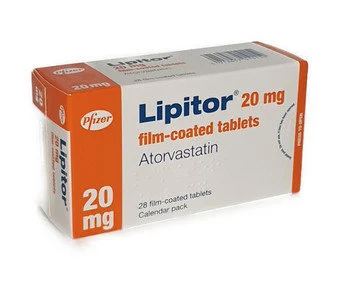
When you think of Pfizer, you probably think of their COVID-19 vaccine fame. But wait, there's more! Pfizer is a massive player in the pharma world, offering a wide range of products from oncology to cardiology. They're like the Swiss Army knife of pharmaceuticals – versatile and reliable! 🌟
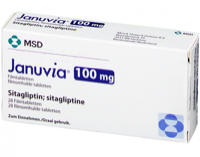
Next up is Merck, or MSD as they're known outside North America. These folks are big on cancer treatments and vaccines. Think of them as the guardians of health, always at the forefront of medical breakthroughs. Their commitment to R&D makes them a force to be reckoned with! 💪
Novartis: The Global Healthcare Maestro 🌍🎶
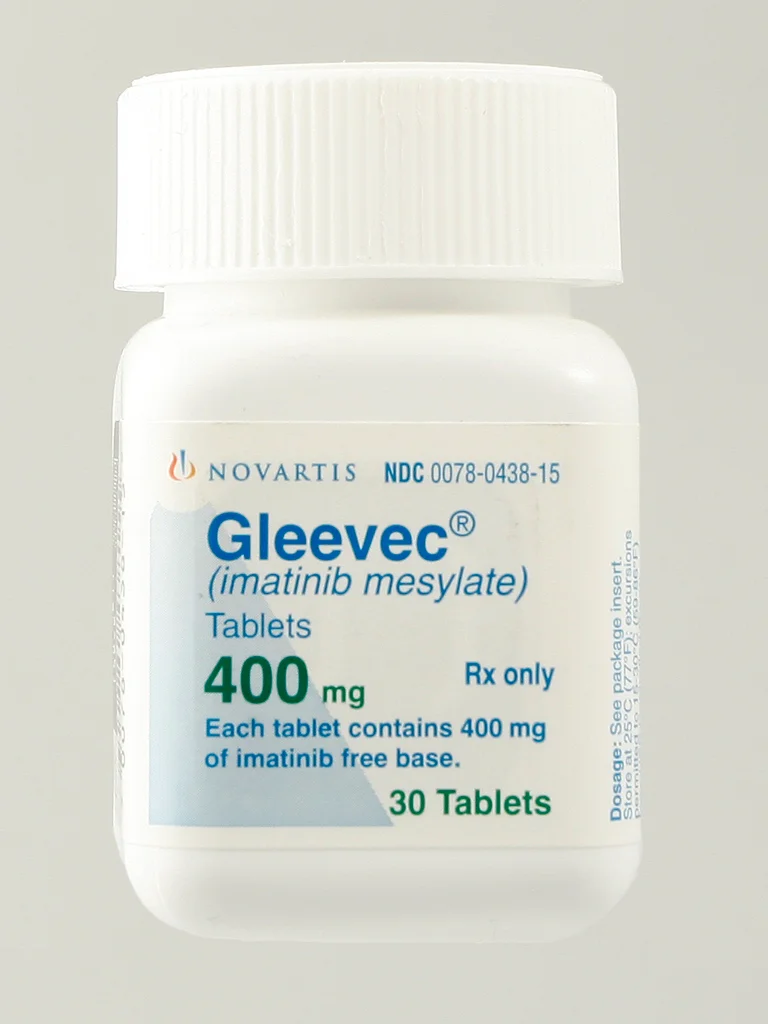
Hailing from Switzerland, Novartis is like a maestro conducting a symphony of healthcare solutions. They're not just about making drugs; they're about changing lives with their focus on oncology, neurology, and more. It's like they're composing a healthier future note by note. 🎼
Johnson & Johnson isn't just about baby products; they're a triple threat with pharmaceuticals, medical devices, and consumer health products. Their pharmaceutical division, Janssen, is all about tackling complex diseases. It's like having a healthcare toolbox at your fingertips! 🧰
Sanofi: The Versatile Pharma Innovator 🇫🇷
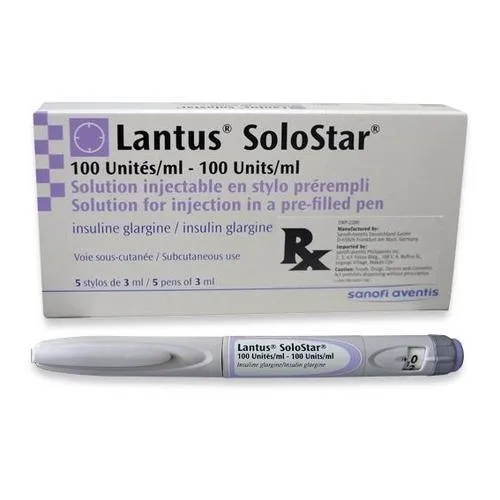
Sanofi is the French contender. They're all about versatility with a touch of Parisian flair, offering everything from diabetes care to vaccines. Think of Sanofi as a blend of innovation, tradition, and global healthcare expertise. 🌹